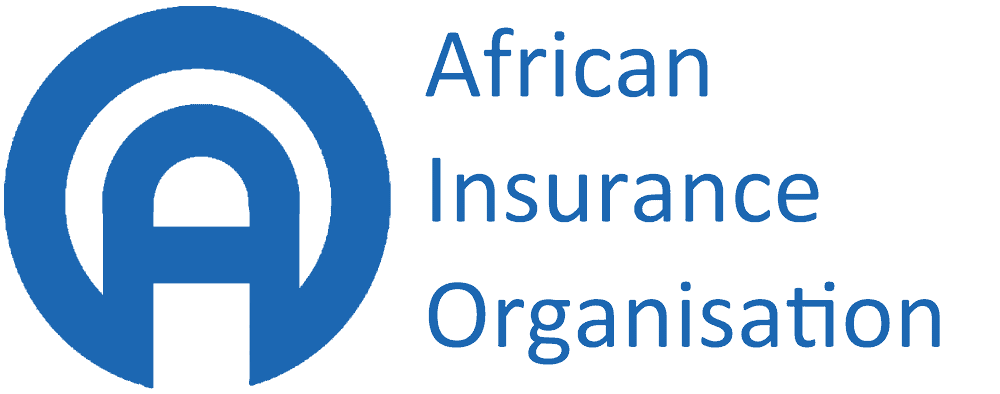Namibia is located in southwestern Africa and is known for its diverse landscapes, including the Namib Desert, coastal areas, and wildlife-rich national parks. It shares borders with Angola, Zambia, Botswana, and South Africa.
Namibia’s economy is considered one of the more stable in the region, with key sectors including mining, agriculture, and tourism.
The country has a relatively small population but possesses significant natural resources contributing to its economic potential. Namibia is known for its diamond production; it has some of the richest marine diamond deposits in the world along its coastline. The Namib Desert, one of the oldest deserts globally, contains mineral resources such as salt and semi-precious stones.
Namibia is also major producer of uranium, with substantial deposits at sites such as the Husab Mine.
Namibia has a thriving fishing industry due to the nutrient rich Benguela Current along its coast. The fisheries industry focuses on the extraction of fish such as hake and pilchards, contributing significantly to exports and domestic consumption.
The country has large areas of land suitable for livestock farming. Cattle ranching is a significant part of the agricultural sector. The country also has substantial potential for renewable energy, particularly wind and solar and projects have been initiated to harness these resources, contributing to sustainable energy development.
Namibia’s unique landscapes and biodiversity, including national parks like Etosha and the Namib Desert, contribute to a growing tourism industry. Tourists are attracted to Namibia’s wildlife, stunning scenery, and cultural heritage.
Insurance Sector
The insurance sector in Namibia is regulated by the Namibian Financial Institutions Supervisory Authority (NAMFISA). NAMFISA oversees various financial institutions, including insurance companies and pension funds. As of 2017, the Namibian insurance industry comprised 16 life and general insurers and one reinsurer.
Namibia’s insurance market offers a range of insurance products, including life insurance, general insurance, health insurance. Notable insurance companies in Namibia include local and regional players. The market has experienced growth in recent years. Factors such as increased awareness of insurance products, economic development, and regulatory initiatives may have contributed to this growth. Efforts have been made to enhance financial inclusion through microinsurance, aiming to provide insurance coverage to a broader segment of the population, including those in rural and underserved areas.
Agriculture insurance, credit life insurance, ESG are some of the key opportunities and trends driving the Namibian insurance sector. Innovation is another opportunity to create products for the agriculture sector, especially with severe drought experienced.
Challenges in the Namibian insurance market may include regulatory complexities, economic fluctuations, and the need for increased public awareness about the importance of insurance. Factors such as affordability, trust, and perceived value play significant roles in shaping consumer choices.
The gross written premium of the Namibia insurance market was NAD16.4 billion ($1.0 billion) in 2021. The market is expected to achieve a CAGR of more than 8% during 2021-2026. Insurance penetration rate was 7.01% in 2021 and earmarked to be in the range of 10% since then.



